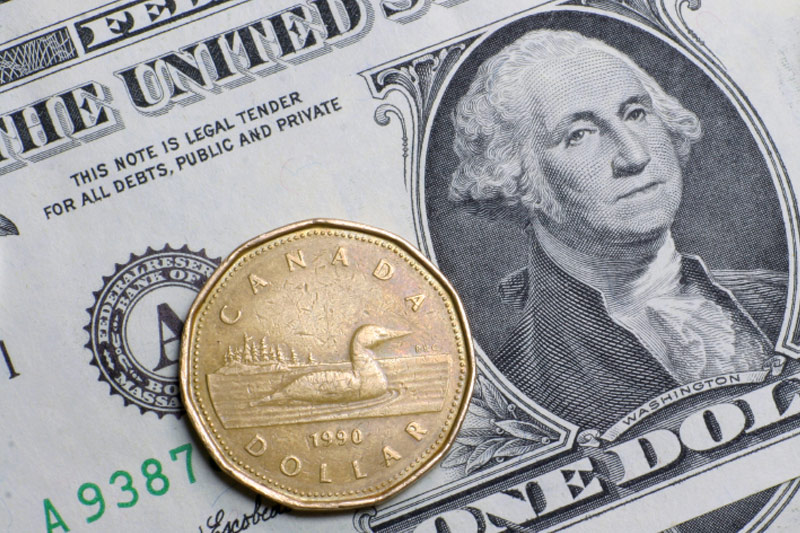Investing.com - The U.S. dollar rose to one-week highs against its Canadian counterpart on Wednesday, after upbeat data from both the U.S. and Canada, although investors remained cautious ahead of the Federal Reserve’s upcoming policy statement.
USD/CAD hit 1.2877 during early U.S. trade, the pair’s highest since June 6; the pair subsequently consolidated at 1.2880, easing up 0.09%.
The pair was likely to find support at 1.2747, the low of June 13 and resistance at 1.2984, the high of June 6.
The U.S. Commerce Department reported on Wednesday that producer prices rose by 0.4% last month, against forecasts for the 0.1% increase to remain at the levels seen in April.
The producer price index was down 0.1% from a year earlier, in line with expectations.
Core producer prices, which exclude food and energy, also rose 0.3% last month, above forecasts for a 0.1% increase.
Separately, the New York Federal Reserve said its Empire State manufacturing index rose to 6.01 in June from a reading of -9.02 the previous month. Analysts had expected the index to improve to -4.00 this month.
On a less positive note, another report showed that U.S. industrial production decreased by 0.4% last month, worse than expectations for a decline of 0.2%.
In Canada, official data showed that manufacturing sales increased by 1.0% in April, beating expectations for an uptick of 0.6%, after a 0.9% fall the previous month.
But markets were jittery as the Fed was to conclude its two-day policy meeting later on Wednesday and investors were looking for fresh indications on whether the U.S. central bank still expects to raise interest rates twice this year.
Markets pushed back expectations for a summer rate hike by the U.S. central bank after a dismal U.S. employment report for May, which showed the slowest rate of jobs growth since September 2010.
The loonie lower against the euro, with EUR/CAD adding 0.25% to 1.4458.
The commodity-related Canadian dollar was also under pressure amid declining oil prices due to mounting concerns over a Britain's potential exit from the European Union and a surprise rise in U.S. inventories.
